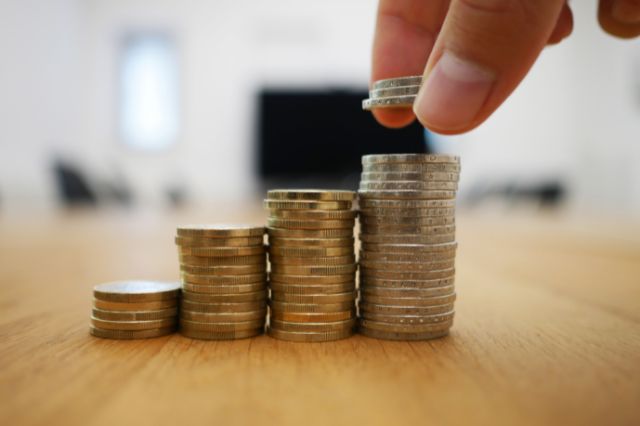Compound interest is one of the most powerful tools for wealth creation. By reinvesting your earnings, your money can grow exponentially over time. This blog post will explore the concept of compound interest, its benefits, and strategies for maximizing your returns.
Understanding Compound Interest
Compound interest is a powerful tool for wealth creation. It’s the interest earned not only on your initial investment but also on the accumulated interest over time. This creates a snowball effect, where your money grows at an accelerating pace. The longer you let your money compound, the greater the potential for significant returns.
Here’s a breakdown of key factors to consider:
- How Compound Interest Works: Compound interest is the interest earned on both your initial investment and the accumulated interest over time. This creates a snowball effect, where your money grows at an accelerating pace.
- The Power of Time: The longer you let your money compound, the greater the potential for significant returns. Even small amounts can grow substantially over time.
- The Rule of 72: This simple rule helps estimate how long it takes for your money to double. Divide 72 by your expected annual return. For example, at an 8% annual return, your money doubles in approximately 9 years.
- The Importance of Reinvesting: Reinvesting your dividends and interest earnings allows your money to compound at a faster rate.
- The Impact of Fees: High fees can erode your returns. Choose investments with low expense ratios to maximize the benefits of compound interest.
By understanding the principles of compound interest and implementing effective strategies, you can harness its power to grow your wealth over time.
The Rule of 72: A Simple Calculation for Growth
The Rule of 72 is a helpful mental math tool that estimates how long it takes for your money to double at a given compound interest rate. To use the rule, simply divide 72 by your expected annual return.
For example:
- If you invest $10,000 at an annual interest rate of 8%, it will take approximately 9 years for your investment to double to $20,000.
- At a higher interest rate of 12%, your money will double in approximately 6 years.
Key points to remember:
- The Rule of 72 is an approximation: It provides a rough estimate and may not be perfectly accurate for all interest rates.
- Compounding frequency matters: The more frequently your interest compounds (e.g., daily, monthly, quarterly), the faster your money will grow.
- Consider inflation: While the Rule of 72 helps you calculate growth, remember to factor in inflation to understand the real purchasing power of your investment.
By understanding the Rule of 72, you can get a better sense of how long it may take for your investments to grow and make informed financial decisions.
Maximizing Your Investment Returns
To maximize the benefits of compound interest, consider the following strategies:
- Start Investing Early: The earlier you start investing, the more time your money has to compound. Even small amounts can accumulate significantly over time.
- Invest Consistently: Make regular contributions to your investment accounts, whether it’s weekly, monthly, or quarterly.
- Choose High-Yield Investments: Select investment options with the potential for higher returns, such as stocks, bonds, or mutual funds.
- Diversify Your Portfolio: Spread your investments across different asset classes to reduce risk and potentially increase returns.
- Minimize Fees and Taxes: Be mindful of fees associated with your investments, as they can erode your returns. Consider tax-advantaged retirement accounts to reduce your tax burden.
Compound interest is a powerful tool for wealth creation. By understanding its principles and implementing effective strategies, you can significantly increase your financial future. Remember, the earlier you start and the more consistently you invest, the greater the potential for long-term growth.
Ready to harness the power of compound interest? Schedule an appointment with a Pryor Financial advisor to discuss your investment goals and create a personalized strategy.

